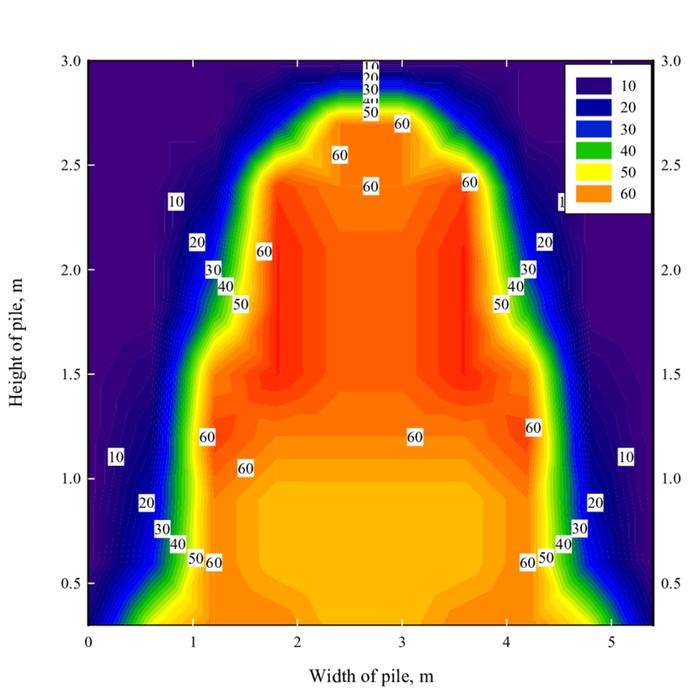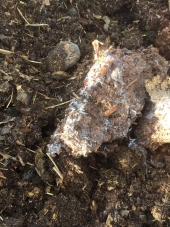
 2
2





 4
4





- Tim's Homestead Journal - Purchase a copy of Building a Better World in Your Backyard - Purchase 6 Decks of Permaculture Cards -
- Purchase 12x Decks of Permaculture Cards - Purchase a copy of the SKIP Book - Purchase 12x copies of Building a Better World in your Backyard




Passionate researcher and hands-on gardener
Visit my blog: for Sustainable Gardening Tips
 1
1




Timothy Norton wrote:I did some digging because I swore I saw a heat graph of a compost pile before and luckily I found it again. (Source)
While I do not fully understand the context, it appears the temperature drops off quickly once it doe start dropping towards the edges.
 4
4




Vera Carrera wrote:Can you estimate at what distance from the ambient environment there is still a temp of 60°C? for instance, if the ambience has 20°C .
 2
2




Country oriented nerd with primary interests in alternate energy in particular solar. Dabble in gardening, trees, cob, soil building and a host of others.
 2
2




 2
2




Zone 6, 45 inches precipitation, hard clay soil





|
I love a woman who dresses in stainless steel ... and carries tiny ads:
Freaky Cheap Heat - 2 hour movie - HD streaming
https://permies.com/wiki/238453/Freaky-Cheap-Heat-hour-movie
|



